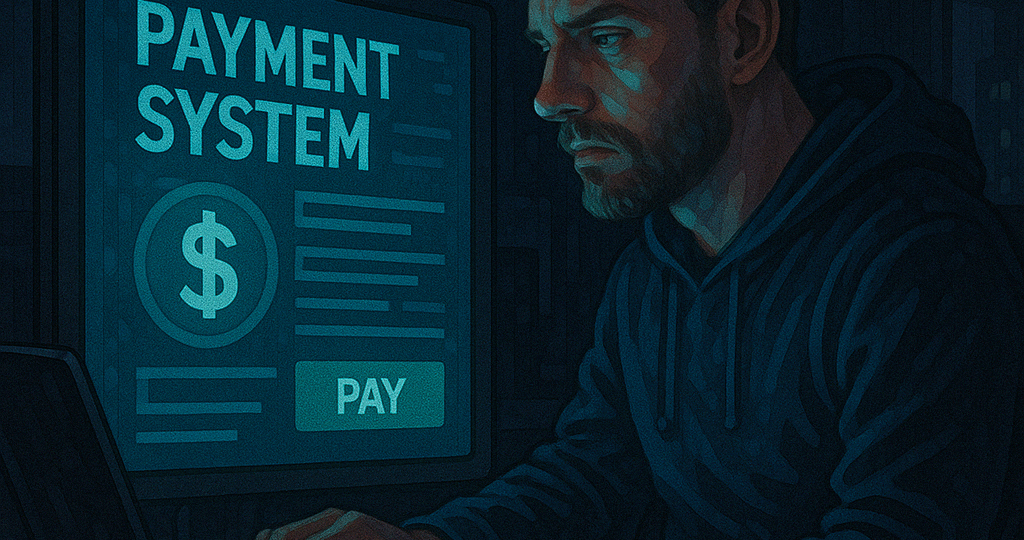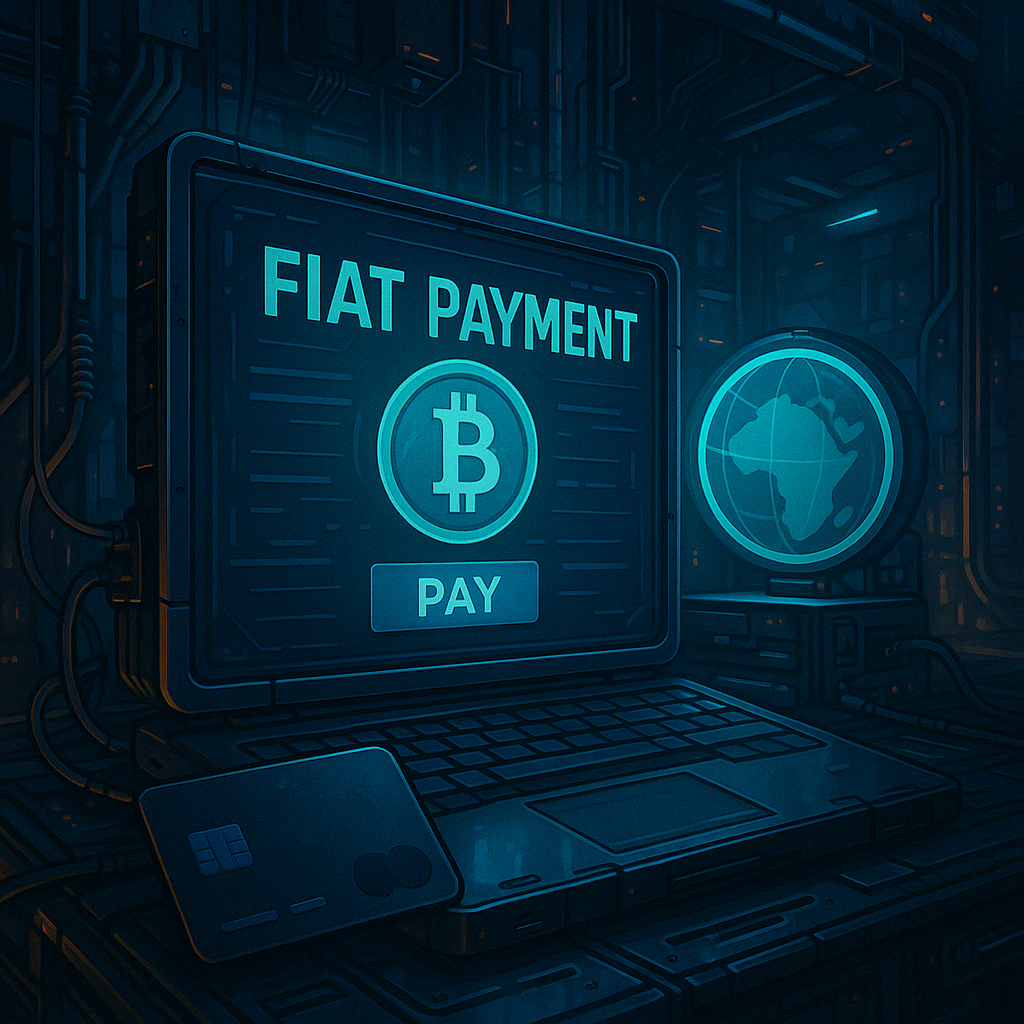A Complete Guide to Fiat Payment Solutions: Fast, Flexible, and Global
April 20, 2025 | by 16squaresmaster@gmail.com

Introduction
Even in a world increasingly buzzing about crypto and blockchain, fiat currencies remain the dominant force behind global trade and digital commerce. Whether you’re running a startup, building a fintech platform, or scaling an international store, having a reliable fiat payment processor and supporting infrastructure is essential for business success.
In this guide, we’ll explore modern payment systems for fiat, from automated fiat payments and bank transfers to multi-currency support, credit card integration, and seamless fiat-to-crypto transitions—ideal for businesses offering both traditional and innovative checkout experiences.
🏦 1. Fiat Payment Processor: Your Transaction Engine
A fiat payment processor handles the movement of government-issued currencies like USD, EUR, GBP, and JPY between your customers and your merchant account.
Key Capabilities:
-
Real-time authorization and settlement
-
PCI DSS-compliant processing
-
Fraud detection and chargeback management
-
Integration with banks and card networks
Top processors: Stripe, Adyen, PayPal, Worldpay, Square
💳 2. Payment Systems for Fiat: Infrastructure for Digital Commerce
Payment systems for fiat provide the back-end logic and front-end tools to accept and manage fiat-based payments across your platforms.
Common Features:
-
Checkout form design
-
Invoice creation and reconciliation
-
Reporting and analytics
-
Refund and dispute tools
These systems support credit card, bank transfer, and mobile wallet transactions under one roof.
🌍 3. Multi-Currency Fiat Payments: Sell Globally, Get Paid Locally
Multi-currency fiat payments allow your platform to accept a customer’s local currency while receiving settlements in your preferred one.
Benefits:
-
Improved global checkout experience
-
Transparent pricing for international buyers
-
Reduced FX friction
-
Support for currency-specific promotions
Platforms like Adyen, Checkout.com, and Stripe offer real-time currency conversion and localization tools.
🛒 4. E-Commerce Fiat Payment: The Checkout Your Customers Expect
For online stores, e-commerce fiat payment systems ensure customers can pay quickly and securely using familiar methods like cards and bank transfers.
Key Features:
-
Hosted or embedded checkout
-
Support for coupons, subscriptions, and digital goods
-
Cart integration with Shopify, WooCommerce, Magento
-
Order linking for customer service follow-up
Most platforms offer native fiat support, but high-volume stores should prioritize conversion speed and mobile optimization.
🔁 5. Fiat-to-Crypto Payment Solutions: Bridging Traditional and Web3
Fiat-to-crypto payment solutions allow customers to pay in fiat while receiving or converting the transaction to cryptocurrency on the backend.
Use Cases:
-
NFT marketplaces
-
Web3 platforms offering fiat onboarding
-
Crypto donations or tipping systems
-
Hybrid fintech apps
Top tools: MoonPay, Transak, Ramp, Coinbase Commerce
These solutions lower the barrier to entry for non-crypto users while giving businesses flexibility.
⚙️ 6. Automated Fiat Payments: Set-and-Forget Revenue
Automated fiat payments eliminate the need for manual invoicing or billing by handling recurring charges, receipts, and dunning flows automatically.
Ideal For:
-
SaaS and subscriptions
-
E-learning platforms
-
Membership services
-
Donations and recurring contributions
Recommended platforms: Chargebee, Recurly, Paddle
Automation improves cash flow and customer experience simultaneously.
🔌 7. Payment Integration for Fiat: Make It Work Everywhere
Payment integration for fiat means embedding payment capabilities directly into your website, mobile app, or platform via APIs or plug-and-play tools.
Integration Options:
-
JavaScript widgets
-
Mobile SDKs for iOS/Android
-
Plugins for CMS and e-commerce builders
-
REST APIs and webhooks
Stripe, Mollie, and Square offer developer-friendly fiat payment integrations.
🏦 8. Bank Transfer Payments: Low-Cost, Trusted, and Widely Used
Bank transfer payments (like ACH, SEPA, or SWIFT) are preferred by B2B buyers, high-value clients, and some international customers.
Why Use It:
-
Lower fees than cards
-
Trusted by enterprises and governments
-
Ideal for invoices and payment plans
-
Often integrated into accounting platforms
Platforms like Wise, Revolut, and Payoneer offer bank transfer rails with multi-currency support.
💳 9. Credit Card Fiat Payments: Still the Global Standard
Credit card fiat payments are the most common method for global online purchases, and they remain critical to customer trust and quick checkout flows.
Tips for Optimization:
-
Use tokenization for faster repeat purchases
-
Enable 3D Secure for fraud protection
-
Offer stored payment methods for subscriptions
-
Automatically update expired card details
All major gateways support Visa, Mastercard, and American Express.
📲 10. Fiat Payment Methods: Give Customers Choice
The more fiat payment methods you support, the more accessible and trusted your business becomes.
Examples:
-
Credit/debit cards
-
Local wallets (e.g., iDEAL, UPI, Interac)
-
Direct bank transfers
-
Mobile fiat wallets (e.g., Google Pay, Apple Pay)
A multi-payment strategy ensures global reach and a smoother checkout process.
📱 11. Mobile Fiat Payments: Fast, Touchless, and Friction-Free
Mobile fiat payments let users pay with one tap—on the web or in-app—using stored fiat currency sources like debit cards or e-wallets.
What’s Included:
-
NFC/tap-to-pay support
-
QR code and SMS payments
-
Embedded payment links in mobile interfaces
-
Face/fingerprint authentication
Ideal for: Food delivery apps, event ticketing, service bookings, microtransactions
Conclusion
From high-speed e-commerce to crypto-onboarding platforms, your fiat payment stack should offer flexibility, automation, security, and localization.
Your Ideal Fiat Payment Setup Should Include:
✅ A reliable fiat payment processor
✅ Multi-currency and global payment tools
✅ Support for bank transfers, credit cards, and mobile wallets
✅ Seamless API integration and automated billing
✅ Optional fiat-to-crypto conversion for Web3 compatibility
Whether you’re running a traditional online store, modern fintech platform, or cross-border SaaS product, having the right fiat payment methods in place keeps your revenue flowing and your users happy.
RELATED POSTS
View all


